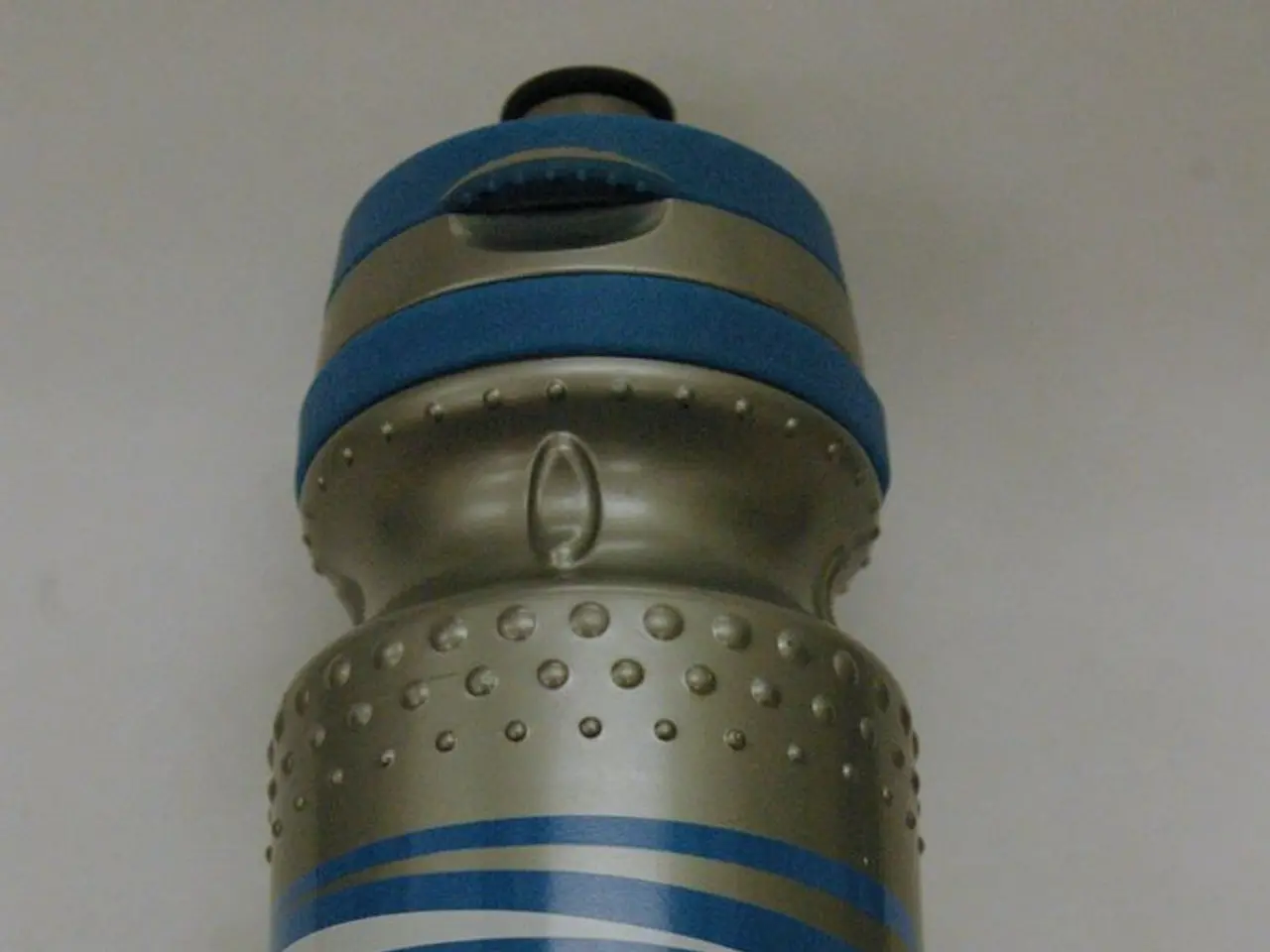Elevated amounts of harmful substances discovered in purported eco-friendly menstrual items, according to research findings
In a recent study, neutral Per- and Polyfluoroalkyl Substances (PFAS) have been identified in a significant number of reusable menstrual products, such as period underwear, reusable pads, and menstrual cups [1][3][5]. The findings suggest that these chemicals may have been intentionally used during the manufacturing process.
The presence of PFAS in these products is concerning due to their potential long-term health effects. Exposure to PFAS, including neutral PFAS, has been linked to serious conditions such as hormonal dysregulation, endocrine disruption, developmental delays in children, low birth weight, high blood pressure during pregnancy, increased risk of some cancers, obesity, high cholesterol, and decreased fertility [1][4][5].
Since reusable menstrual products remain in prolonged contact with the skin, dermal absorption of these chemicals is a potential exposure route. However, the specific risks from neutral PFAS via this route are not yet fully understood [1][4][5].
The study, which analysed a total of 59 products, found that 33% of period underwear and 25% of reusable pads had intentional PFAS use [5]. This discovery highlights a need for further research, regulation, and transparency around the materials used in all menstrual products.
Currently, there are no specific regulations governing the use of PFAS in reusable menstrual products. Despite the known adverse health effects of these chemicals and the potential vulnerability of users, such as adolescents and young women, the market for reusable menstrual products is rapidly growing, but regulatory scrutiny is limited [1][5].
Lead author Alyssa Wicks emphasised the importance of manufacturers being able to make these textile products without chemicals of concern in them [5]. Graham Peaslee, a professor at the University of Notre Dame, further stated that everything in the US ultimately goes into landfills and these chemicals leach into drinking water, irrigation water, and the food supply [2].
The ongoing research and potential future regulation are necessary to clarify the risks and ensure product safety [1][5]. As more and more people, especially teens and adults, look for more eco-friendly choices, it is crucial to have a better understanding of the chemicals used in these products and their potential impact on health.
References: [1] Wicks, A., et al. (2022). Evaluating Per- and Polyfluoroalkyl Substances (PFAS) in Menstrual Products. Environmental Science & Technology. [2] Peaslee, G. (2022). Interview on PFAS in reusable menstrual products. University of Notre Dame. [3] Environmental Working Group. (2022). PFAS in Reusable Menstrual Products: A Growing Concern. [4] Centers for Disease Control and Prevention. (2021). Per- and Polyfluoroalkyl Substances (PFAS). [5] Food and Drug Administration. (2021). PFAS in Food Packaging.
- The health-and-wellness concerns surrounding the presence of PFAS in reusable menstrual products are pronounced, as exposure to these chemicals has been linked to various serious health conditions, such as hormonal dysregulation and endocrine disruption.
- Given that these chemicals may have been intentionally used during the manufacturing process, and considering the prolonged contact of reusable menstrual products with the skin, it is essential to understand the specific risks associated with neutral PFAS dermal absorption.
- To ensure product safety and protect the health of consumers, particularly women and adolescents who may be more vulnerable to the adverse effects of PFAS, it is crucial to implement regulations governing their use in health-and-wellness products like reusable menstrual products, and drive transparency around the materials used in their production.




